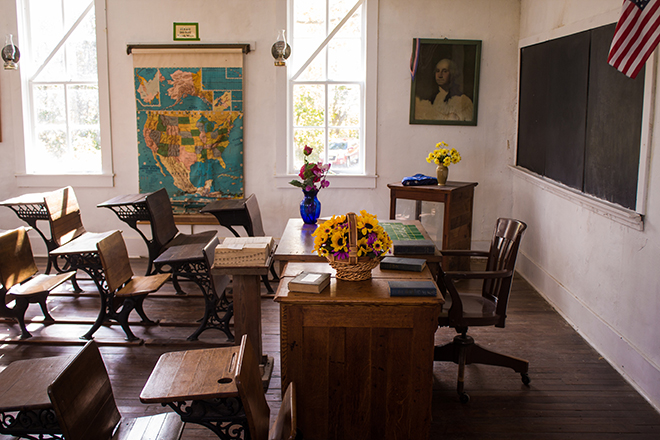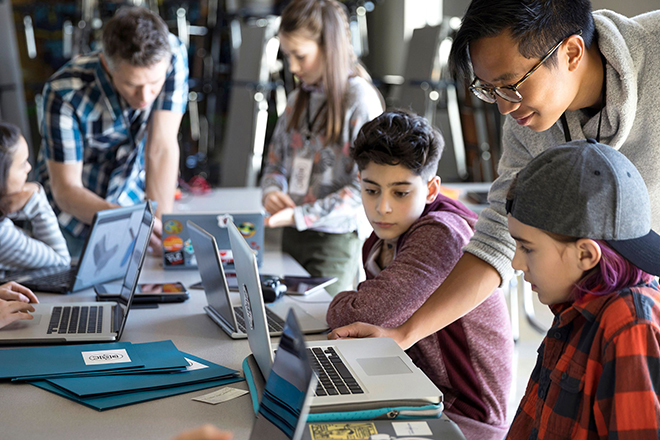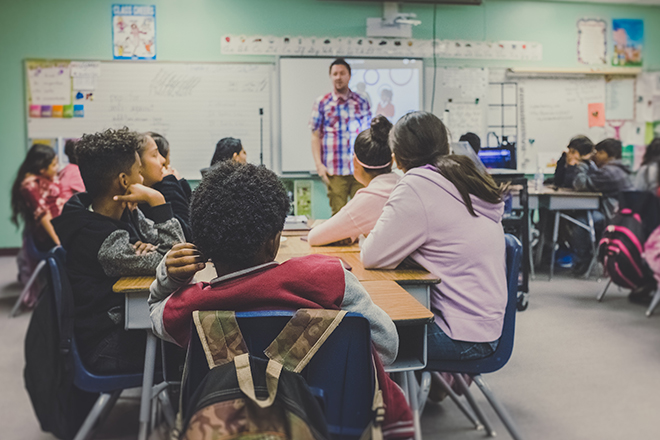By Localiiz
Branded | 17 May 2024
By Localiiz
Branded | 14 May 2024
Copyright © 2025 LOCALIIZ | All rights reserved
Subscribe to our weekly newsletter to get our top stories delivered straight to your inbox.
Technology has always been a driver of progress. But will we ever reach a truly tech-integrated destination in the classroom? Simon John, a Hong Kong-based educational professional originally from the UK, has spent almost a decade guiding students through various syllabuses in English Language and in literature towards reliable success. He now shares his insights on important conversations about advancements in the classrooms, and whether or not they benefit academic studies.
[pro_ad_display_adzone id="73367"]
Anyone who has worked in a classroom will undoubtedly have encountered the whiteboard marker on the smartboard debacle.The situation usually arises when a teacher, versed in the ways of the smartboard, is taken sick for some unexpected reason. The school, unable to rearrange the schedules of other teachers that day to compensate for the absence, brings in a supply teacher. This outsider, familiar with the systems that were in place before the turn of the millennium, rummages through the desk for a whiteboard marker and proceeds to unknowingly deface the most expensive piece of kit in the room.The situation is all the direr if said marker is permanent (cue a Blanche DuBois-era collapse onto the nearest chaise lounge).
Read more! Sending your child to a local Hong Kong school—should you, could you, would you?

Even five years ago, technology was seen as replacing like-for-like the systems that we had in place in the past. While the smartboard episode above is funny, the frequency with which it occurs is ultimately down to smartboards being too similar to the whiteboards of the 1990s. The new systems that were being brought in were almost indistinguishable from those that were in place before.Nowadays, the variety of technological aides available has exploded. This has meant that their integration into the classroom has to be much more considered and the outcomes of their use far better understood.Take presentations, for example. It was once possible to give a sterling presentation with the use of a flipchart, some text, and a couple of handouts. But this has not been the way things are conducted anywhere other than the classroom for what feels like forever. Even the typical Powerpoint presentation, with their fade-ins and fade-outs, aren’t the medium that students are used to. Teachers are now guiding them in the use of online presentation methods with programmes like Prezzi, and these have made for much more immersive, effective, and professional-looking presentations as a result.
Read more! Learn more about Hong Kong’s top universities with our quick guide.

What we now seem to realise is that the integration of different technologies must mutually benefit both the teacher and the student. If something like the smartboard does nothing more than produce farcical (and costly) situations, is it actually worthwhile? Hampering, rather than helping, in the delivery of lessons benefits no one.The solutions that are arriving now are far more productive in servicing the needs of students and teachers. Online classrooms and portal services make the submission of work seamless, avoiding the need for unnecessary and wasteful print-outs and the last-minute panic the lack of printer ink produces. Tablets and other devices that can be ‘loaned’ to students mean that the work a student produces is not stymied by the medium on which they produce it when all have access to the same tools and services. Cloud-based storage systems mean it is nigh on impossible to lose the work that you have done, it being accessible on anything from your laptop to your smartphone. Learning is being made easier in many ways by the efficiency that technology provides.

But not in every case. In many traditional subjects, there remains a tendency to abide by the mantra of “If it ain’t broke, don’t fix it”. This mentality persists in several subjects, with educators nervous about making the leap into areas that they don’t feel they know enough about. It is one thing to bring devices into the classroom that are used by most of us on the daily, but reconfiguring tried-and-tested lesson plans you have delivered the entirety of your teaching career because student behaviours and preferences have changed: nuh-uh.This is the next hurdle. When we look at technology and consider where it is that most of our students’ time is spent, it makes sense for us to be there too. As educators, we should be delving into the nooks and crannies of the technological landscape our students inhabit and plundering it for all the good it may contain, so that we can deliver it back to students in an educationally-purposeful package.For too long, educators have been the kids in the backseat of the car, responding to the technology around them and incorporating it with occasional success. We hop in when it seems convenient, and throw the door open and tuck and roll out of it when it isn’t working to our advantage.But we shouldn’t be in the car at all. We should be building the roads, and making sure that the technology that’s already moving is heading towards the outcomes that will best benefit the next generation.
Read more! Here are 5 expert tips to encourage your child’s artistic abilities, or explore the rest of our Family & Education section on Localiiz.
[button color="#008bd2" size="medium" link="https://localiiz.us4.list-manage.com/subscribe/post?u=c2964a434922598f5d8ee53ff&id=07d327a2e8" icon="" target="true"]Subscribe to receive our weekly newsletter[/button]
Top